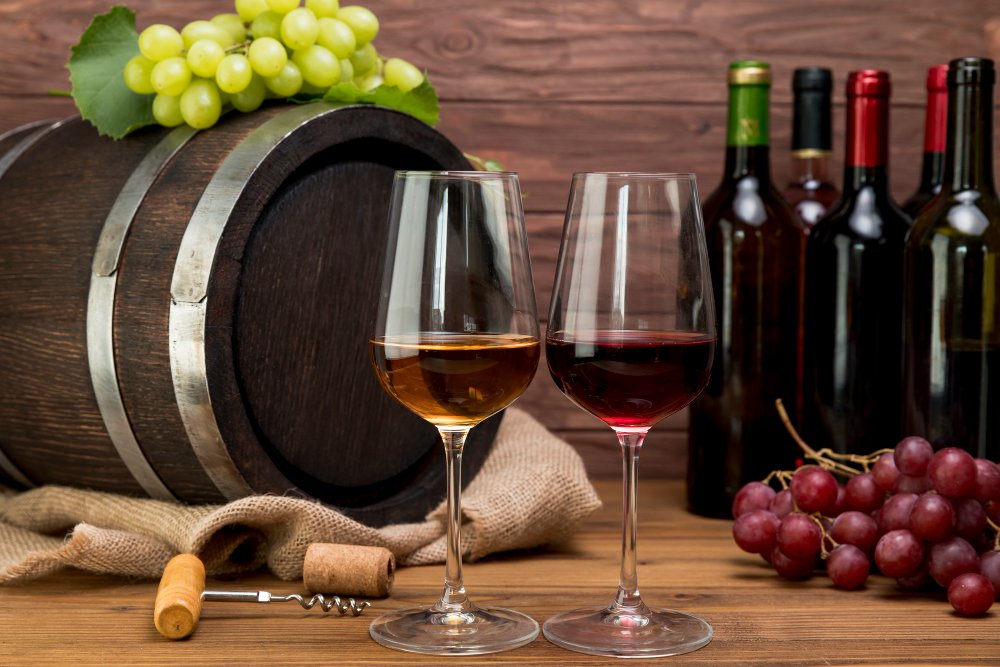One of the foods that many southern Italian regions have in common is soppressata. We find it in Campania, Apulia and Basilicata, but it is in Calabria that soppressata acquires the PDO (Protected Designation of Origin) mark, signifying that it has a certain specificity in this region.
The production of soppressata in Calabria and throughout southern Italy is a centuries-long tradition that is lost among the ancient trades of yesteryear. We have to wait until 1691 to have one of the first concrete testimonies that tells us about this particular salume: we find it in the work Of Calabria Illustratedwhere Father Giovanni Fiore from Cropani lists, among the salted meats, those that were processed 'into Lardi, into Salsicci, into Suppressate, and similar'.
Why is soppressata called this?
The name, as is easy to imagine, originates from the pressing action that is performed when the sausage is being dried, to give it a flattened shape. The term itself, then, undergoes slight changes depending on the region in which we find ourselves. In the luca.no dialect, for example, we say 'subbursata' or 'soperzata', while in Apulia 'sebbursète'.
Processing of soppressata
The processing involves the use of fresh meat from pig obtained from the finest cuts, such as shoulder, thigh and fillet. There is also a fat part, consisting of lard in a percentage varying from 4 to 15% per kilogram of meat. The meat is cut into coarse pieces using the famous knife-point technique, which keeps the portions fairly compact. Flavours and spices are added to the meat (in some cases hot chilli peppers are added) and the mixture is minced and then encased in a preferably natural casing, previously sterilised, and the whole is then tied with string for better sealing.
Drying
But the preparation of soppressata does not end there! As soon as it is made, in fact, it is subjected to a very important phase that will determine the final result: drying, which takes place according to very precise standards. First of all light, or rather darkness: drying must take place in an unlit environment. Then, the time: the process takes from 3 to 12 weeks, depending on the weight, diameter and result to be obtained (the PDO soppressata di Calabria requires a seasoning of at least 45 days).
Strict rules:
In order for soppressata di Calabria to have the PDO mark, there are very precise rules to follow, from the choice of meat to the drying method. Would you like to know some of them?
- Soppressata di Calabria must be obtained from the processing of meat from pigs born in the territory
from the regions of Calabria, Basilicata, Sicily, Apulia and Campania and reared in the territory of the region
Calabria from the maximum age of four months.
2. Slaughter and processing must take place on Calabrian territory.
3. The average batch weight of the pigs at slaughter must be no less than 140 kg.
These are just some of the rules, and you can also find the others online at the product specification.
Pairings
But let's come to the most interesting part: how to eat soppressata?
Perfect as an appetiser on a board of cold meats and cheese, it is excellent accompanied by seasoned homemade bread and local pickled oils. The wine to choose should be medium-bodied (like an Aglianico, for example) or it could be replaced by a light lager or even a double malt, for a more substantial combination.



